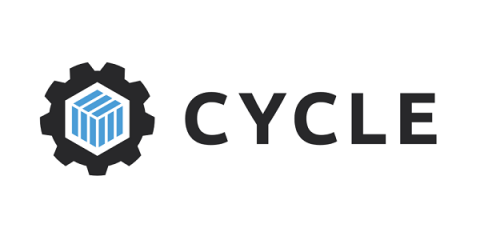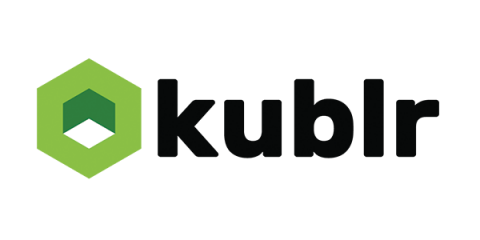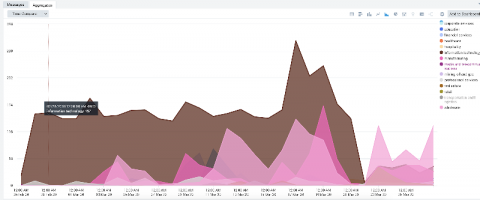Datadog's Trace Outliers automatically surfaces error patterns across your environment
When monitoring highly distributed applications, which might rely on hundreds of services and infrastructure components across multiple cloud-based and on-premise environments, identifying problems and pinpointing the origin of an issue can be challenging. Even if you already have robust monitoring and alerts, your infrastructure and applications will likely change over time, which may make it difficult to reliably detect irregular behavior.











